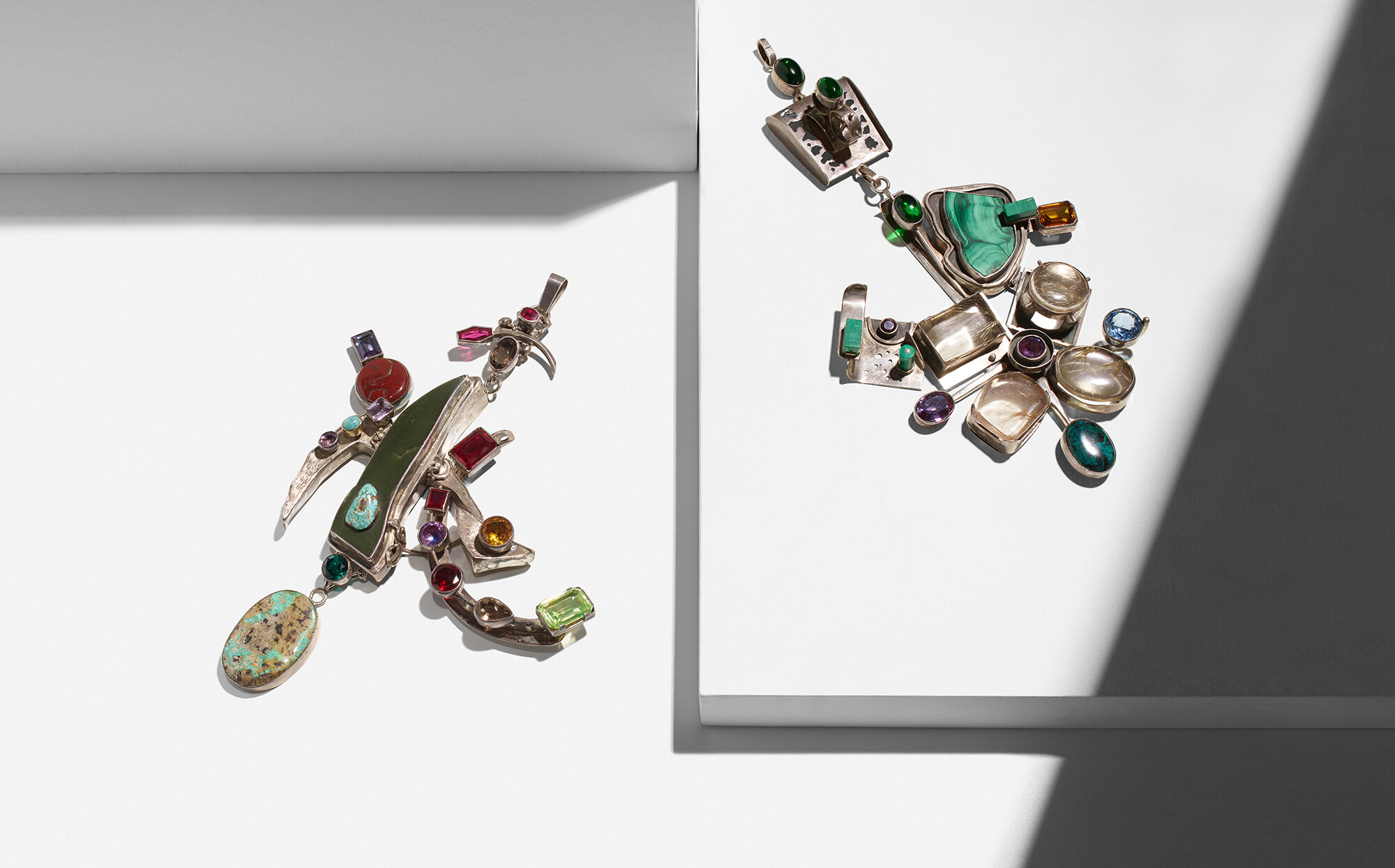166
166
Italy, 1965
18 karat yellow and white gold 2 h × 2½ w × 2½ d in (5 × 6 × 6 cm)
18 karat yellow and white gold 2 h × 2½ w × 2½ d in (5 × 6 × 6 cm)
estimate: $15,000–20,000
result: $43,750
follow artist
Signed and dated to interior ‘Arnaldo Pomodoro 1965’. Sold with original box.




























